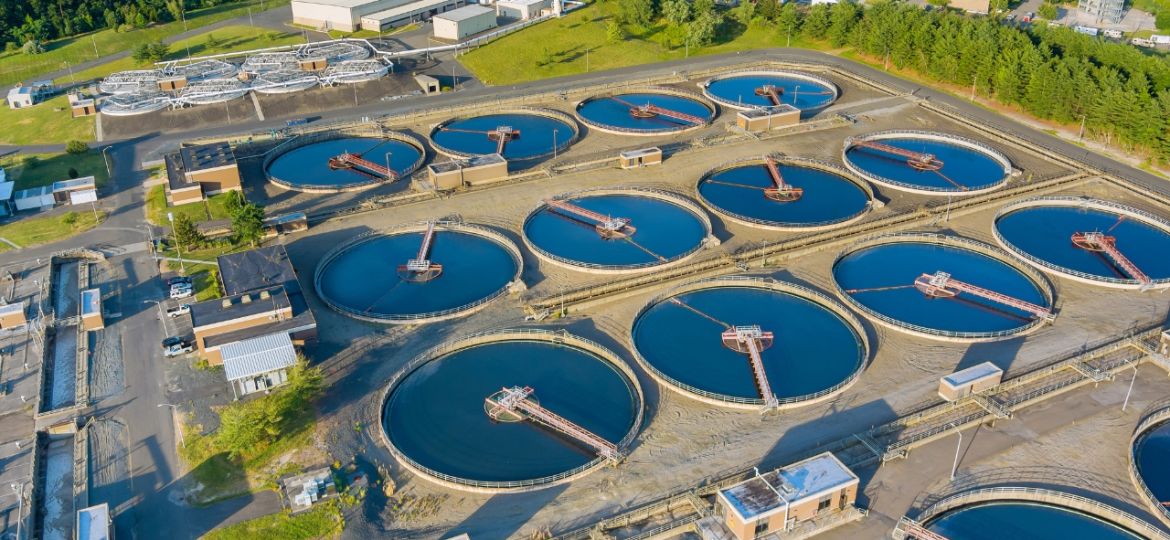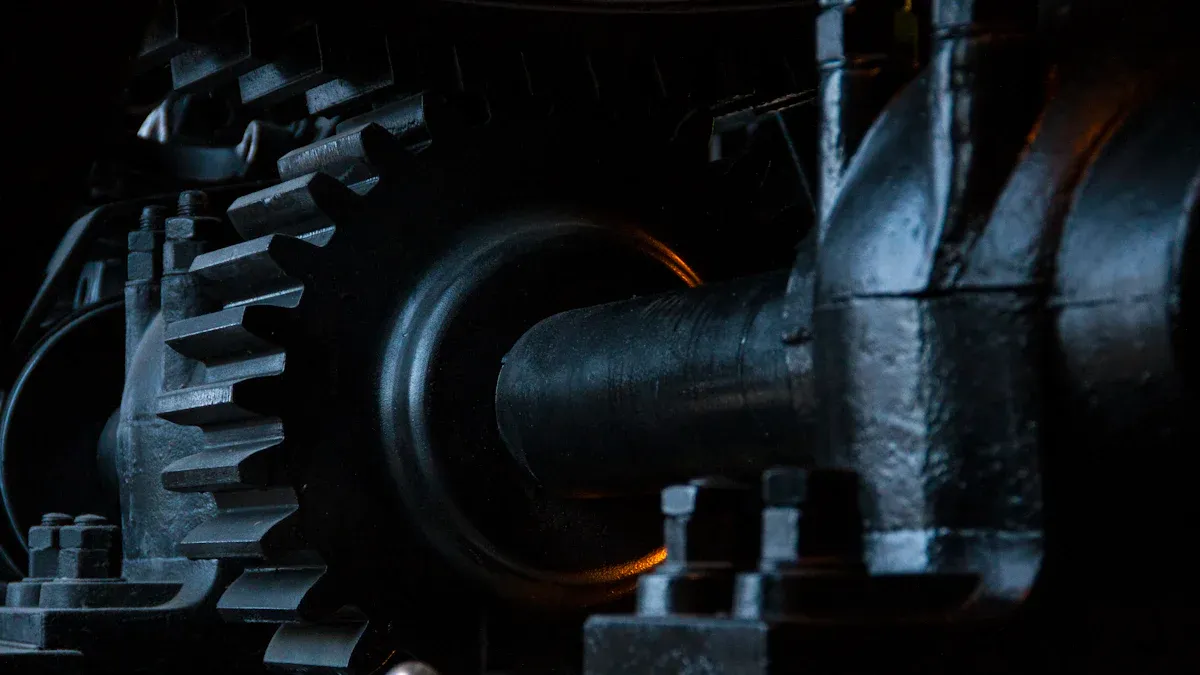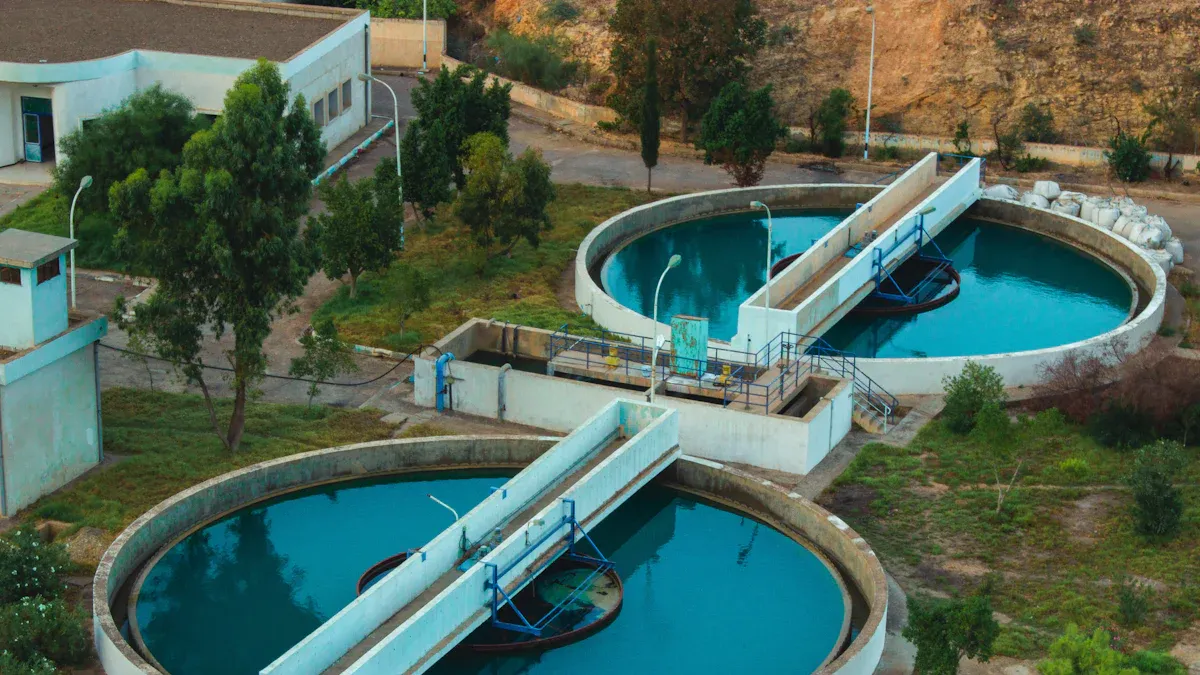

There is a big change in how water gets cleaned now. Separation Membrane Technology lets you take out bad things from wastewater. This new idea helps you get clean water more quickly. You do not have to use just old ways anymore. Modern membranes make water safer and help keep the environment healthy for all people.
Separation Membrane Technology Today
Separation Membrane Technology is changing water treatment. Membranes are thin barriers that keep clean water apart from bad stuff. These membranes help take out dirt, chemicals, and germs from wastewater. Many places use this technology now because it works faster and better than old ways.
Efficiency in Water Treatment
You want water treatment to be fast and dependable. Separation Membrane Technology helps with that. Membranes work like tiny strainers. They let water go through but stop harmful things. There are different membrane processes you can use, such as:
- Microfiltration: Takes out big things like sand and bacteria.
- Ultrafiltration: Stops smaller things, even viruses.
- Nanofiltration: Removes very small stuff, like dissolved salts.
- Reverse Osmosis: Filters almost everything except pure water.
You get cleaner water using less energy and fewer chemicals. This helps the environment with green filtration. You also help reuse wastewater, turning dirty water into something useful again.
Tip: Using membrane technology often costs less and works better than older systems.
Versatility in Applications
Separation Membrane Technology works in many places. Factories use it to clean water from their work. Cities use it to treat water for homes and schools. Farms use it to recycle water for crops. Hospitals use it to keep water safe for patients.
You find membranes in:
- Industrial wastewater recovery systems
- Municipal water recycling plants
- Food and beverage production
- Power generation facilities
This technology fits many needs. It works for small jobs and big ones. By choosing membrane solutions, you help protect nature and save resources.
Membrane Material Advances
Next-Generation Materials
New materials are changing how water gets cleaned. Scientists make advanced membranes from polymers, ceramics, and graphene. These materials help filter tiny bits and strong chemicals. You get better results with less work.
Graphene membranes let water move fast but block bad stuff. Ceramic membranes can handle heat and strong chemicals. Polymer membranes bend easily and fit many systems.
Note: New materials help you clean water in a greener way. You help keep water clean and the planet healthy.
You see these materials where strong solutions are needed. Factories use them to clean wastewater. Cities use them for home water treatment. Farms use them to recycle water for crops. You notice new ideas in every step.
Enhanced Durability
You want membranes that last longer and work harder. New designs make membranes stronger and less likely to break. You use each membrane more, which saves money and cuts waste.
Manufacturers add coatings to stop fouling. Fouling is when dirt and germs stick to membranes. With better coatings, you clean membranes less often. Systems run better and smoother.
- Stronger membranes mean fewer replacements.
- Better coatings mean easier cleaning.
- Longer life means less waste.
Separation Membrane Technology now uses these tough materials to treat water in hard places. You see better results in factories and city systems.
💡 Tip: Tough membranes help you save money and protect nature. You make water treatment safer and more steady.
Innovative Membrane Systems

Membrane Bioreactors (MBRs)
Membrane Bioreactors (MBRs) are used in many water plants. MBRs mix biological cleaning and membrane filtering. They clean water by taking out organic matter and tiny bits. MBRs give you high-quality water that can be reused.
Factories and cities pick MBRs to recover wastewater. MBRs work well in small places. You do not need big tanks for them. MBRs help save energy and use fewer chemicals.
Tip: MBRs make water cleaner and support eco-friendly filtering. They help protect rivers and lakes.
Dynamic Membranes
Dynamic membranes have a layer that forms during filtering. You do not need to buy costly membranes. Particles build up and make a filter that blocks dirt and germs.
Dynamic membranes are used where water has lots of solids. Farms and food factories use them to clean wastewater. You can wash the filter layer and use the system again.
- You save money by using fewer chemicals.
- You help the planet by making less waste.
- You support new ideas in industry.
Dynamic membranes work well with Separation Membrane Technology. You get systems that fit many needs.
Note: Dynamic membranes help treat water in tough places. They make water safer for people and nature.
Biomimetic Membranes
Biomimetic membranes copy how nature filters water. These membranes have special channels like those in cells. Water moves quickly, but bad things stay out.
You use biomimetic membranes for advanced water cleaning. Scientists make them for eco-friendly filtering. You get pure water with less energy.
Factories and labs use biomimetic membranes for new water solutions. You help create better ways to clean water.
💡 Tip: Biomimetic membranes show how nature inspires smart water treatment. You support a cleaner future with new technology.
Separation Membrane Technology keeps growing with these new systems. You help make water treatment safer, faster, and greener.
Sustainability and Energy Efficiency


Lower Energy Use
You want water treatment that does not use much energy. New systems help you save power. Separation Membrane Technology uses pressure or special filters to clean water. You do not need to heat the water or use big machines. This means you use less electricity. You pay less for energy and help stop pollution from power plants.
Many factories and cities pick these systems for cleaning wastewater. You see less waste and more clean water. Some membranes work with low pressure. These membranes need less force to move water through. You get clean water with less work.
💡 Tip: Saving energy helps you protect the earth and save money.
Reduced Chemical Inputs
You want to use fewer chemicals when cleaning water. Membrane systems let you do this. The filters take out dirt, germs, and salts without lots of chemicals. You keep water safe for people and nature. You also make less chemical waste.
Eco-friendly filtration is a big advantage. You help rivers and lakes stay clean. You also help factories use safer ways to clean water.
- Using fewer chemicals means safer water.
- Less chemicals mean less harm to nature.
- You help make a better future for everyone.
Separation Membrane Technology gives you a smart and safe way to clean water. You help make the world cleaner for all.
Real-World Applications
Industrial Wastewater Reuse
Factories and power plants make lots of dirty water. Separation Membrane Technology can clean this water for reuse. Many companies pick this method to save money and help nature. Membranes take out oil, heavy metals, and chemicals from wastewater. This lets factories recycle water instead of wasting it.
You help your business follow water safety rules. You also use less fresh water. Reusing water supports eco-friendly filtration and cuts pollution. Some factories use cleaned water for cooling or washing machines. This smart way keeps your workplace safe and green.
Tip: Membrane systems for wastewater recovery help you save money and show you care about the planet.
Municipal Water Recycling
Cities and towns need clean water for homes and parks. Membrane systems treat wastewater from these places. Many communities use advanced membranes to make dirty water safe for gardens and toilets. This helps save fresh water and protects rivers and lakes.
Membrane plants work with sensors and smart controls. These tools check water quality and keep things running well. Recycling water in your city helps everyone have enough for daily needs. You also support eco-friendly filtration and make your community better.
💡 Note: Recycling water with membranes helps your town stay clean and safe.
Future Trends and Challenges
Scalability
Many places need Separation Membrane Technology. Cities and factories want to clean lots of water. Making these systems bigger is hard. Small plants use some membranes well. Big projects need new designs.
Engineers try new ways to treat more water at once. Companies use modular systems. You can add more units when needed. Start with a small system. Grow it as you need more.
Tip: Modular systems save money and space. You can make your plant bigger step by step.
You want to keep costs low. Pick systems that use less energy and chemicals. This helps eco-friendly filtration. It makes your project easier to run. You help your community get clean water.
Research and Innovation
Scientists work on new ideas every day. They try to make membranes stronger and faster. New materials help clean water better. Some use nanotechnology for tiny filters. These filters block very small germs and chemicals.
Industrial innovation helps water treatment get better. Companies test smart sensors and controls. These tools check water quality right away. You get alerts if something is wrong.
💡 Note: Smart technology keeps your water system safe and steady.
Researchers focus on wastewater recovery. They find ways to reuse water in cities and factories. Recycling water helps protect rivers and lakes. Every new idea supports a cleaner future.
Separation Membrane Technology keeps changing as you learn more. You help build better systems for tomorrow.
Separation Membrane Technology helps make water cleaner. It also supports eco-friendly filtration. You use less energy with these new systems. You also make less waste. These systems help recover wastewater better. They protect nature and the environment. Industrial innovation brings new ways to solve hard water problems. You help keep your community safe and healthy.
Ongoing research gives you smarter technology for future water problems. You help build a sustainable future for everyone.

